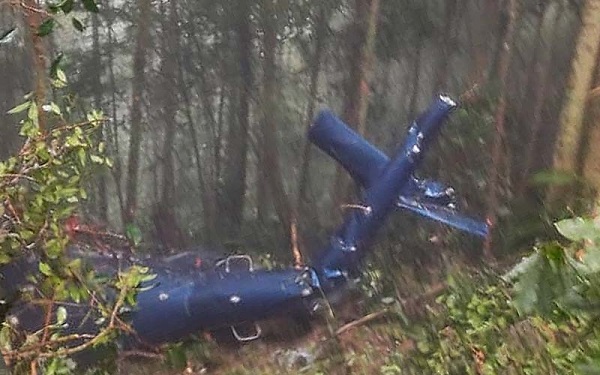New Delhi, (Asian independent) With the rising level of ammonia in the Yamuna river — a major source of potable water for Delhiites — the Delhi Jal Board (DJB) is planning to augment its treatment capacities through ozonation plants in line with the European countries where this technology is widely used in water treatment.
DJB Vice Chairman Raghav Chadha on Thursday convened a meeting with senior officials of the department and discussed workable solutions for treating high levels of ammonia in the Yamuna discharged by “Haryana government regularly”.
Chadha said while it is a fact that the levels of ammonia in Yamuna increase every winter, the DJB will aim to increase its treatment capacities, making them more state-of-the-art, so that it can minimise such issues in the coming years.
“Work will begin in this regard soon at our Chandrawal and Wazirabad plants.”
He said that the DJB will also consider taking legal recourse against the Haryana government if this continues.
“We will consider approaching the judiciary to seek justice on behalf of the people of Delhi because of Haryana government’s apathetic and undependable approach and deeds.”
“We can neither depend on apathetic and undependable Haryana government nor resign to fate. Proactive and preventive steps are a must to ensure that Delhi residents get clean, safe and uninterrupted water,” Chadha said.
“It was high time we discussed workable solutions to treat the high levels of ammonia, the pollutants, that are repeatedly discharged by the Haryana government in river Yamuna. We also discussed the feasibility of Ozonation Plants for treating such high levels of ammonia.”
DD-1 and DD-2 are the two canals in Haryana which are responsible for the contaminated water in the Yamuna, Chadha alleged.
The DD-2 canal is also known as dye drain because this canal contains a large amount of dye from the industries, which contains ammonia in large quantities. These two canals meet each other near Shimla Gujran village in Panipat district, Haryana. These canals, flowing from Shimla Gujran village, merge into the Yamuna near Khojkipur village and become a major polluting centre in the Yamuna, where ammonia levels often reach 25-40 ppm.
Besides, water is also supplied to Delhi from DD-8 canal. A few kilometres along the DD-8 canal also flows another canal DD-6 (at Pyau Manhari, Haryana) in which Haryana releases huge amounts of industrial and domestic waste.
The two canals are separated via sand sacks which are often in bad condition at many places due to which the contaminated ammonia water of DD-6 mixes with DD-8 and thus the ammonia reaches Delhi.
Apart from this, Rohtak city Drain (Rohtak X-regulator) also brings the dirty water of the entire city into the DD-8 canal. Ammonia levels in the Rohtak Drain are sometimes close to 28ppm.
“It has been often noticed that the Haryana Government also keeps its Sewage Treatment Plants and Common Effluent Treatment Plants closed and releases the untreated water and sewage into the Yamuna, which causes the Yamuna water to become muddy and increases the ammonia level of the water that reaches Delhi.”
Chadha said that ozone is a very powerful oxidising agent, which is in widespread use in water treatment, particularly in continental Europe.
“In recent years, it has been used both as a treatment oxidant, and as a primary disinfectant. It decays more rapidly than other disinfectants, and as a result, does not maintain a persistent residual. One of the most common methods of removing ammonia from water is oxidation, and ozone microbubbles are extremely effective in oxidizing ammonia and useful for treating bacteria and viruses,” added the DJB Vice Chairman.








